Deck & Commander Strategies

The Gitrog Monster
Utilizes land-based synergies and heavy milling combined with dredge mechanics to draw massive amounts of cards and fuel graveyard recursion, aiming to overwhelm opponents with value and card advantage.
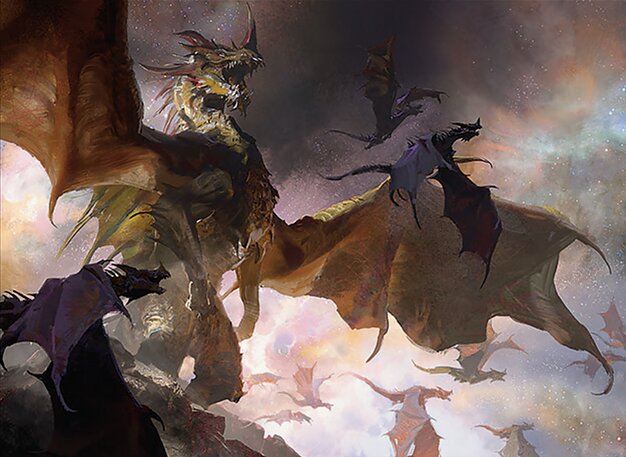
The Ur-Dragon
Focuses on casting high-cost dragons efficiently using eminence and cheat effects, overwhelming opponents with large flying threats and leveraging non-combat damage triggers like Warstorm Surge for finishing damage.

Muldrotha, the Gravetide
Employs graveyard recursion by replaying permanents from the graveyard each turn, generating incremental value and board presence through diverse permanent types to control the game and grind out opponents.

Syr Konrad, the Grim
Deals damage to each opponent whenever creatures die, using graveyard interactions to flood the board with creatures and punish opponents steadily with incremental damage throughout the game.
Gameplay Insights
- 1
Leveraging Mesmeric Orb and Seedborn Muse together created a powerful engine for continuous milling and card draw, significantly accelerating The Gitrog Monster’s gameplay.
- 2
The Ur-Dragon player effectively used the eminence mechanic to reduce dragon casting costs, enabling rapid deployment of powerful flying threats.
- 3
Syr Konrad capitalized on incremental damage triggers from creatures dying, which synergized well with graveyard-heavy decks like Muldrotha and The Gitrog Monster.
- 4
Muldrotha’s strategy of replaying permanents from the graveyard each turn allowed for sustained board presence and resilience against board wipes or removal.
- 5
Targeted removal spells such as Dismember were crucial in managing the board and removing key threats at critical moments.
Notable Cards
-
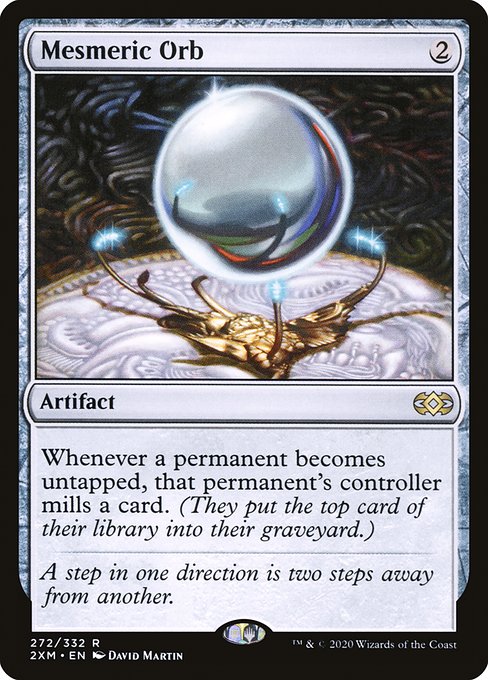
Mesmeric Orb
-

Seedborn Muse
-

Dark Ritual
-
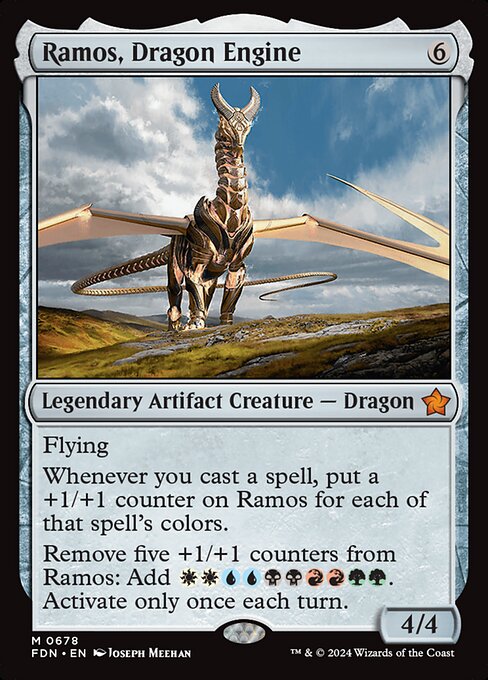
Ramos, Dragon Engine
-
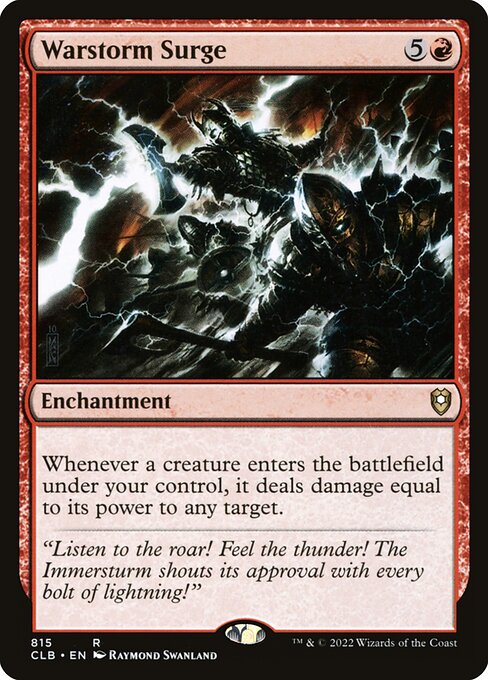
Warstorm Surge
-
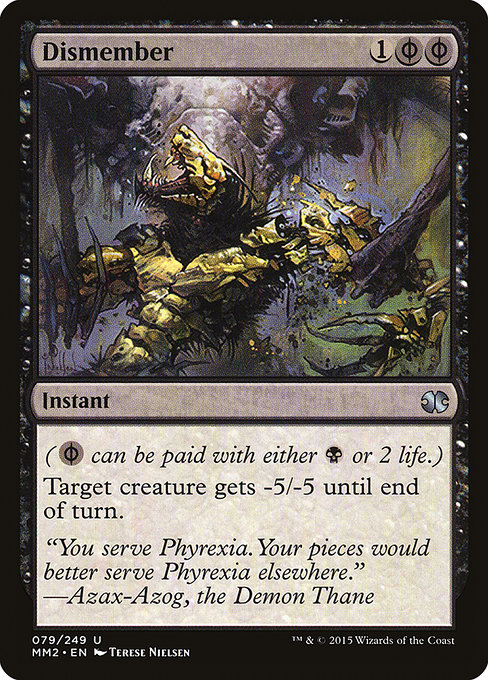
Dismember
-
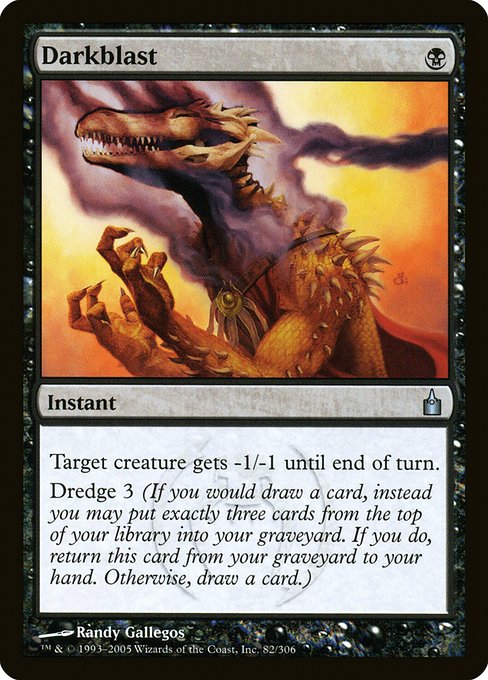
Darkblast
-

Fabled Passage
Gameplay Summary
The game began with players setting up their mana bases and early board presence, with The Gitrog Monster player focusing on card draw and land interactions, Muldrotha ramping up graveyard recursion and value, The Ur-Dragon aiming to cheat large dragons into play efficiently, and Syr Konrad preparing to leverage damage triggers from creatures dying in graveyards.
Early turns featured land drops, ramp spells, and initial milling effects, with the Gitrog Monster player aggressively milling cards to fuel draws and combos.
The Ur-Dragon player cast key dragons and utilized the commander’s eminence ability to reduce casting costs, while Muldrotha's graveyard-centric deck started assembling graveyard resources and value engines.
Syr Konrad's deck aimed to punish opponents by dealing damage each time creatures hit graveyards, preparing for a slow but steady attrition strategy across multiple opponents. As the game progressed, pivotal plays included The Gitrog Monster milling significant portions of their deck and dredging important cards like Darkblast, enabling continuous draw and value generation.
The Ur-Dragon player summoned high-impact creatures such as Ramos, Dragon Engine, to apply pressure, while Muldrotha used recursion to maintain board presence.
Syr Konrad maintained board control by dealing incremental damage from creatures dying and interacting with graveyards.
A key turning moment involved a well-timed dismember spell to remove a threatening creature and a Mesmeric Orb combined with Seedborn Muse to generate massive card draw and mill triggers, significantly accelerating the Gitrog Monster’s engine.
The game showcased intense interactions revolving around graveyard synergies, powerful dragon threats, and incremental damage, with each player leveraging their deck's strengths toward their respective win conditions.




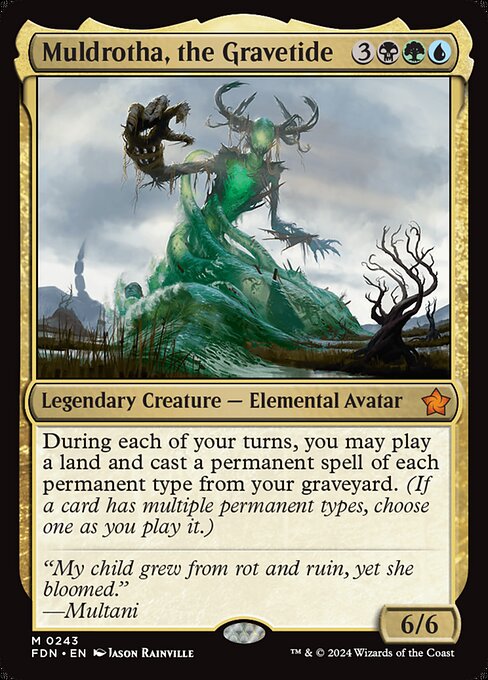
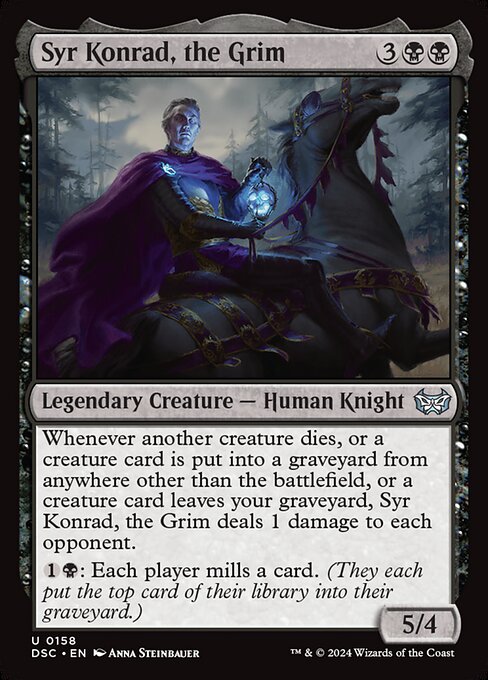












![Commander VS S17E4: Linden VS Syr Konrad VS Kenrith VS Torbran [EDH] thumbnail](https://i.ytimg.com/vi/PvUddo1rzeo/sddefault.jpg)







![Commander Randomizer Part 2 [Commander VS 316] | Magic: the Gathering Commander Gameplay thumbnail](https://i.ytimg.com/vi/okRK1jVYfno/sddefault.jpg)


![Commander VS S3E1: Olivia vs Gitrog vs Odric vs Sigarda [MtG: Multiplayer] thumbnail](https://i.ytimg.com/vi/IeIh3dkob-Y/sddefault.jpg)








![Commander VS S17E5: Grave Titan VS Mageta VS Muldrotha VS Neheb [EDH] thumbnail](https://i.ytimg.com/vi/2DjqtLbvS-g/sddefault.jpg)
![Commander VS S14E1: Muldrotha VS Valduk VS Tatyova VS Arixmethes [EDH] thumbnail](https://i.ytimg.com/vi/N6grgj3VwDM/sddefault.jpg)





